Can you eat peaches with diabetes?
Thanks for the invite.
Peaches are so sweet, they must contain a lot of sugar, right?But sugar addicts can eat peachesIsn't that fun :)
The main sugar in peaches is fructose.Of course there is also glucose and sucrose. The richer fructose content means it is sweeter, because fructose is dozens of times sweeter than sucrose and glucose, and theThe metabolic process of fructose and glucose is different, it has less impact on blood sugar, also known as the "healthy sugar for sugar lovers", so the peaches of the glycemic rate is actually not high, the average is only 30 or so!。
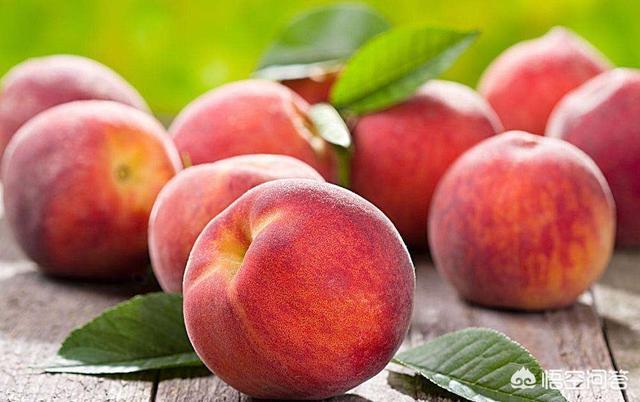
Generally speaking, sugar lovers have to judge whether they are suitable to eat a certain food or not, based on the total sugar content, glycemic index (GI) and glycemic load (GL). Glycemic index represents the speed of a certain food to raise blood sugar per unit of time, glycemic load describes a description of how much of those factors that can make blood sugar rise in this food exists, such as watermelon water, glycemic factors are very sparse, although it is a high glycemic index, but there are not a few factors to play the effect of glycemic, so the appropriate to eat a little bit of watermelon, the impact on blood glucose in fact, it's not big (is not there get) A fruit that can be eaten, happy or not, surprised or not).
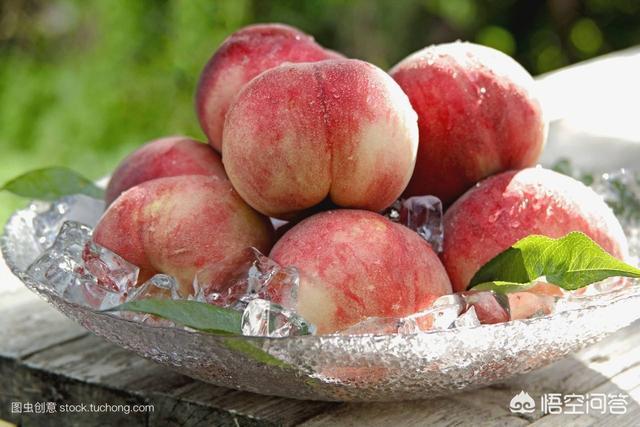
The total sugar content of peaches is high, but the glycemic index and glycemic load are very low, appropriate to eat some is completely ok. And peaches are rich in minerals, belong to the high potassium fruit, vitamins are also rich, appropriate consumption can also add a lot of beneficial components, why not do it!. But after all, fruits still contain glucose and sucrose, and eating them openly is naturally not an option.It is recommended that sugar lovers should not eat more than 250g of peaches a day, which is about the amount of two apples, and eat no more than one peach at a time, do not eat too fast, and enjoy it slowly.
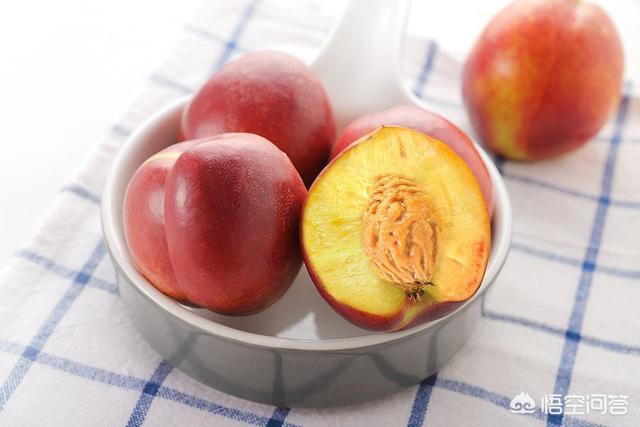
Try not to eat fruit after a meal, because after a meal is already a time when blood sugar rises faster, and if you eat fruit again it will intensify the burden on the pancreas. You can choose to eat between meals when the blood sugar is smoother or lower, if you feel that your blood sugar control is not stable, you can also be divided into more than a few times to eat!. Watch out for watery peaches.But don't juice it.Juicing removes the dietary fiber content of the fruit, which is good for slowing down the rate of sugar absorption. Juiced fruits not only have a high sugar density, but are also lacking in dietary fiber, which may or may not spike blood sugar.
Thanks for the invitation. For peaches, they are perfectly fine for diabetics, with a glycemic index of 28, and are relatively rich in the mineral potassium, which has a relatively positive effect on blood sugar.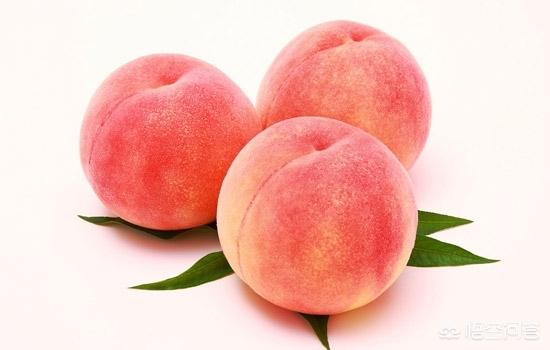
As for how much to eat, it is generally recommended that diabetic patients daily fruit intake is limited to about 200 grams; in addition, different people need to be treated differently, blood glucose control of the population can be appropriate to increase the amount of food, if the blood glucose itself is higher than recommended to consume too much, according to their own conditions, please reduce the amount of food.

For peaches, too, eat a small amount, can be divided; in addition to reasonable arrangements for the time of consumption, eating fruit to stagger the peak of the blood glucose rise, it is recommended to eat fruit between meals, because blood glucose is relatively in the trough between meals, it is recommended that two hours after the meal consumption of fruits, or in the case of hunger and physical activity after the consumption of fruits as a kind of energy and nutrients as a supplemental food.
The time of day for fruit intake is generally recommended to be around 10 a.m. or 3 p.m., adjusting appropriately to your own meal times.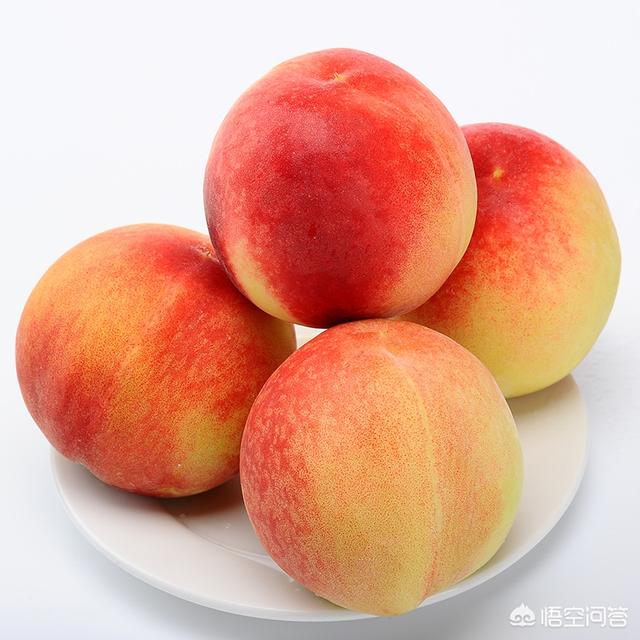
However, it is not recommended to consume the fruit before or after meals to avoid a greater impact on blood sugar.
Diabetics, please choose the right variety of fruits to eat:
From the sugar content of the food can make a brief classification of the fruit, generally can be divided into low-sugar, medium-sugar, and high-sugar fruits, as far as possible, diabetic patients should choose to consume more low-sugar fruits, for the so-called high-sugar fruits to eat as little as possible.
In addition, there is a point that is particularly important to emphasize with you, diabetic patients eat fruit, please do not use fruit juice to replace the fruit, liquid food digestion and absorption speed is faster, for the "elevated blood sugar" effect is also larger, do not recommend this as.
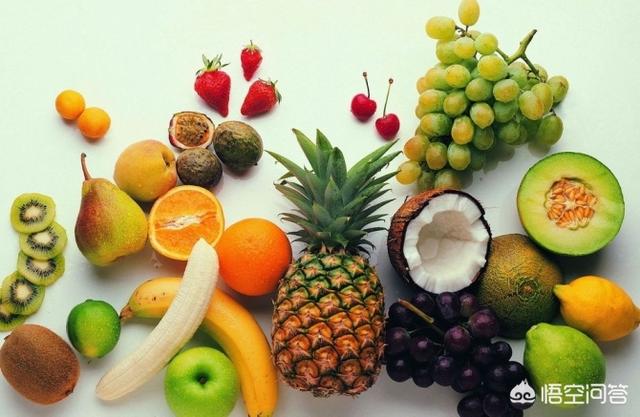
Which are low-sugar fruits?
Low-sugar fruits, generally those containing less than 10% sugar, include cucumber, grapefruit, oranges, peaches, apricots, loquats, strawberries, and cherries.
What are the medium sugar fruits included?
Medium-sugar fruits typically contain 11% -20% sugar, which includes fruits such as bananas, pomegranates, melons apples, and mangoes.
High-sugar fruits are fruits that contain more than 20% sugar, which include dried fruits such as jujubes, dates, raisins, and dried fruits.
For fruit, a very good food, rich in water, vitamins and various minerals, it is recommended to eat often, both normal and diabetic people, but must pay attention to the sensible and reasonable, find the right time, find the right fruit; peaches can be eaten, eaten in two meals, in addition to pay attention to the right amount. Diabetic people need to be concerned, I wish you all well.
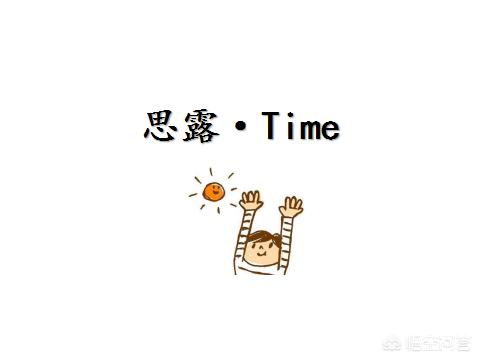
Note: Pictures from the Internet, if any infringement please inform the removal of
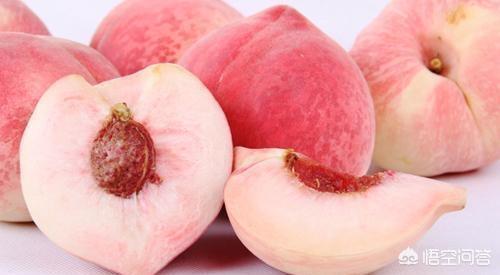
It's peach season, and the various types of peaches are truly mouth-watering.
Peaches themselves are juicy, flavorful and nutritionally sound. But many sugar lovers will ask, so can sugar lovers eat peaches?
In fact, for sugar lovers in the case of good blood sugar control, fruit can be reasonable and scientific to eat. Blood sugar control is good, choose low GI fruit, eat the amount of control in 200g / d, eat the time in between meals, is completely OK.
And peaches themselves are low GI fruits in the fruit category, so sugar lovers can choose to eat them。
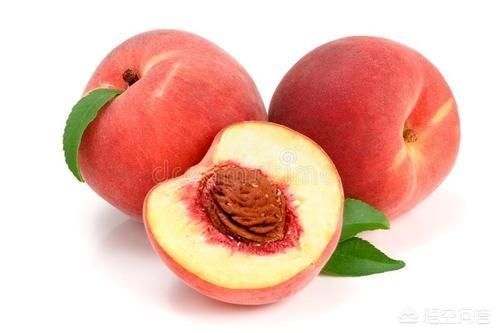
However, it is important to note that when you choose to eat peaches, you must remember to control the amount and put them in two additional meals. One of the most important problems with peaches is that it is easy to overeat once you eat them. The general size of the peach is relatively large, water is also more, a large peach is often nearly a pound, so sugar lovers must pay attention to control the amount of food, and family members to share.
To summarize is that, in fact, sugar lovers in the choice of food, there is nothing absolutely can not eat, under the premise of good control of blood sugar, small meals, will pick food, control the amount of food, follow the doctor's advice to take medication, reasonable arrangements for exercise, as can do a long life old man.
Thanks for the invitation to answer, I am a dietitian small sugar. Peaches are fruits that contain less than 10 grams of sugar per 100 grams of fruit, and are clinically recommended for diabetic patients to consume in moderation. Fruits such as oranges, grapefruit, lemons, plums, apricots, loquats, pineapples, strawberries, cherries and so on. But diabetics should observe the following principles when eating fruits:
1, in the blood sugar control is not stable, according to the right can not eat fruit, blood sugar control in the ideal state can be moderate is fruit.
2. The time to eat fruit should be chosen between meals.
3, you should choose fruits with a small glycemic index, such as tomatoes, cucumbers, strawberries, fire dragon, etc., can be consumed in moderation, but still should not be too much. Pomegranates, bananas, dates, etc., should not be consumed by diabetics.
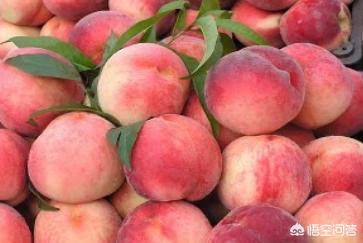
Once diabetes is diagnosed, it is important to follow your doctor's advice and receive regular treatment. Stable control of blood glucose, because fluctuations in blood glucose will cause damage to the organs of the body and accelerate the occurrence of complications. The treatment of diabetes should be based on the individual condition of the diabetic patient to formulate a treatment plan, which should first understand the patient's blood glucose, pancreatic islet function, the presence of complications and other conditions. There is no way to completely cure diabetes, either in Western medicine or Chinese medicine, which may be related to the fact that type II diabetes is a multifactorial disease that is caused by the interaction of several genetic and environmental factors and their joint participation in the pathogenesis of the disease.
The treatment of diabetes is a comprehensive treatment, diet control, exercise and medication are indispensable. Only with diet control and exercise as the premise, drug treatment can play a better effect. Diabetic patients should avoid eating sugar and sugary foods, reduce high-fat and high-cholesterol foods, eat high-fiber and starchy foods in moderation, and follow the principle of small meals. Under the guidance of the doctor, you should choose the appropriate way of exercise, and do whole-body exercise as much as possible, such as walking, jogging and so on. On this basis, you can use insulin sensitizer drugs or other hypoglycemic drugs to control blood sugar effectively in the long term.
Sugar man health network, a temperature control of sugar platform, welcome to pay attention to the questions and answers!
Thanks for the invite.
Diabetics can eat peaches properly, not just peaches, including many other fruits sugar lovers can eat in moderation. Fruits are indeed rich in sugar, but the sugar in fruits is natural sugar, belonging to high-quality carbohydrates, compared to refined sugar to rise sugar speed is not so rapid, and fruits are generally juicy, which can reduce the glycemic load of fruits (the relationship between food intake and elevated blood glucose) is low, that is to say, as long as we do not eat excessive amounts of fruits, the impact on blood glucose will be correspondingly low. In addition, fruit is also rich in dietary fiber, dietary fiber can delay the speed of digestion and absorption of food, which helps to smooth postprandial blood sugar, so overall, as long as the sugar lover in moderation to eat fruit, in fact, is completely acceptable.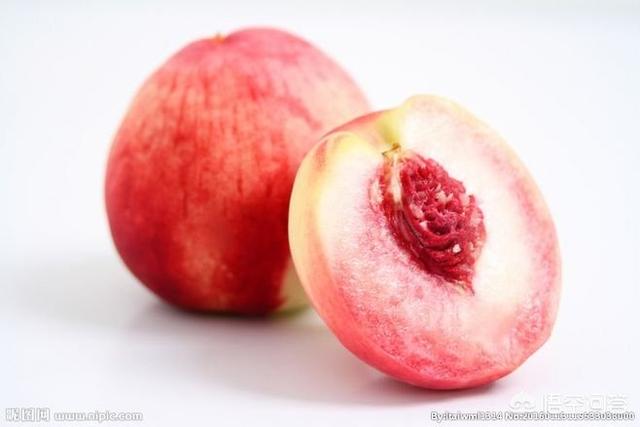
Of course, there are many fruits with high total sugar content and high glycemic index (an indicator of the rate of elevation of blood glucose per unit of time of food), it may be possible to eat some of them will have a greater impact on blood glucose, and it is best for sugar lovers to eat less or try to avoid eating them, for example, durian, mango, lychee, cinnamon, fresh jujube, prunes and hawthorn, etc., and you can choose more to eat some fruits with a lower glycemic index or glycemic load in moderation, for example, pomelo and apples, Pears, oranges, cherries, among them peaches are also one of them, but its flavor tastes obviously sweet, especially peach, summer indispensable delicious fruit, its sweetness is very high, does it also belong to the low glycemic index of the fruit?
In fact, peach is a "fructose" based fruit, fruits generally contain three kinds of sugar, sucrose, glucose and fructose, part of the fruit to sucrose, glucose-based, but also fructose occupies a greater proportion of the fruit, and fructose and glucose metabolic pathway is different, it does not have a great impact on blood sugar, but the sweetness is indeed glucose 50 times, so it does taste very sweet, but does not mean that it raises blood sugar quickly. So, peaches do taste sweet, but it does not mean that it raises blood sugar quickly, similar to bananas, grapes, oranges. However, fructose is not as good as we think, although it does not raise blood sugar, sweetness is still high, but its metabolism will generate more triglycerides, which will eventually accumulate in the liver, the fat metabolism will increase the burden, eat more is also easy to obesity.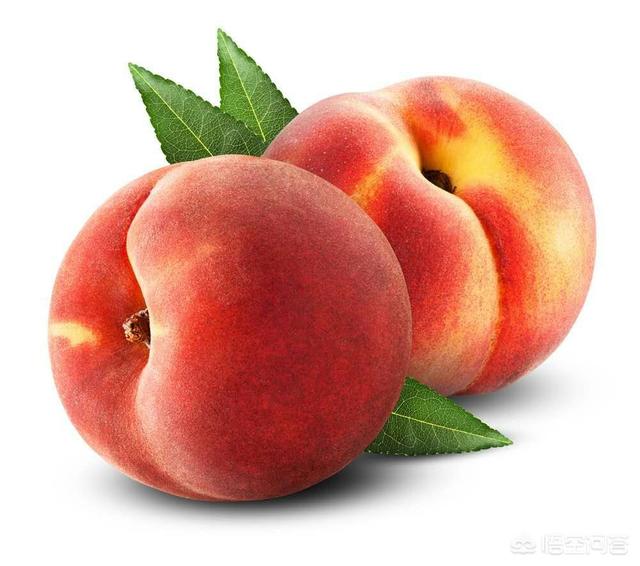
Sugar lovers eating fruit is recommended to a one-time intake of no more than 200g, high sugar content, high glycemic index fruit is recommended to a one-time about 100g appropriate. Fruit intake in a day does not exceed half a catty. Eat fruit if you try to eat directly, avoid juicing to drink, juicing will destroy the dietary fiber in the fruit, the loss of dietary fiber will increase the rate of sugar absorption, and juicing needs of the fruit is generally several, but also to increase the total amount of sugar, sugar lovers drink juice blood sugar is easy to soar.
It is possible for diabetics to eat peaches, the about lies in how and how much.
In food categorization, peaches belong to the drupe fruit group. There are many types of peaches such as white pink peaches, alpine white peaches, yellow peaches and honey peaches. Let's take peach as an example to understand the nutritional content of peach. Each 100 grams of peach contains 88.7 grams of water, 0.9 grams of protein, 0.2 grams of fat, 9.8 grams of carbohydrates, 0.8 grams of dietary fiber, 4 milligrams of vitamin C, 169 milligrams of potassium, and 41 kilocalories of energy. This shows that most of the peach is water, followed by carbohydrates.
Whether or not a diabetic can eat peaches depends on the sugar content of the peaches, but also on the glycemic index and glycemic load of the peaches. The glycemic index of fresh peaches is 28.0, which is a low glycemic index food. The glycemic load per 100 grams of peaches is 3.4, which is a low glycemic load food. The glycemic load of 200 grams of peaches is 6.8, which is also a low glycemic load food, so it is okay for diabetics to eat 200 grams of peaches. In the food exchange portion method, diabetics can eat 200 grams of peaches instead of 250 grams of duck pears or 100 grams of jujubes, in addition to other fruits.
Peaches contain carbohydrates, but also vitamin C, dietary fiber and organic acids such as malic acid and citric acid. Vitamin C, also known as ascorbic acid, belongs to the antioxidant vitamins, can reduce type 2 diabetic patients increased plasma lipid peroxidation, reduce total blood cholesterol, alleviate early diabetic retinopathy, diabetic patients can be supplemented with 100 to 500 mg per day of vitamin C. Organic acids such as peaches can stimulate the body's digestive glands secretion, enhance appetite, and at the same time on the stability of the vitamin C has a protective effect. The role of vitamin C stability is protected. In addition, the dietary fiber in peaches is mainly pectin, this soluble dietary fiber has increased gastrointestinal peristalsis. Peaches also contain polyphenolic compounds, with antioxidant, anti-tumor, cardiovascular protection.
Dr. Zhang Jianfen, Dr. Ma's Health Group
Thanks for the invitation.
Diabetic friends can certainly eat peaches, other fruits sugar friends can be appropriate to eat. Sugar friends some taboo to eat fruit, think fruit sweet and juicy, sugar content, certainly a greater impact on blood sugar, do not dare to eat easily, in fact, fruit is not so terrible. Fruit is indeed a high sugar content of food, 7-28% of the sugar content, but most of the fruit belongs to the dietary fiber-rich foods, dietary fiber can inhibit the rate of sugar absorption, slow down the speed of digestion of food, can inhibit the rate of increase in blood glucose, and fruit has glucose, sucrose, there is a special fructose, fructose and glucose sucrose is different, and its metabolism will not let the blood glucose soared, so For sugar lovers is a kind of "healthy sugar", comprehensively speaking, sugar lovers as long as the amount of fruit, choose a more appropriate time to eat, in fact, completely can eat fruit.
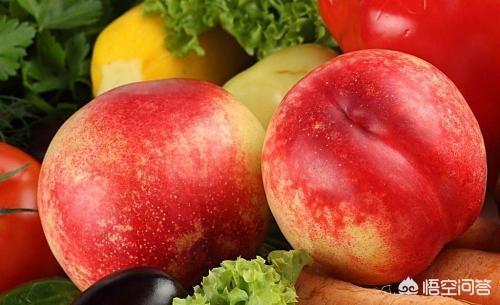
Peaches give us the impression of sweet and juicy, especially peach, give everyone a deep impression, summer eat a mouthful of peach, the heat is gone, the dryness of the food, as if a summer of cool are in this mouthful of peaches. So sweet peaches, does not really have any effect on blood sugar? If the impact is certainly there, after all, peaches still contain glucose, sucrose, but peaches are a kind of fructose-based fruit, fructose does not raise blood sugar, but the sweetness of fructose is many dozens of times higher than glucose, so eat very sweet, but the rate of glycemic acid may not be as horrible as we think. There are many other similar fructose-based fruits that taste sweet, though they may not have a terrible rate of glycemic rise, such as bananas, cherries, strawberries, kiwis, and so on.
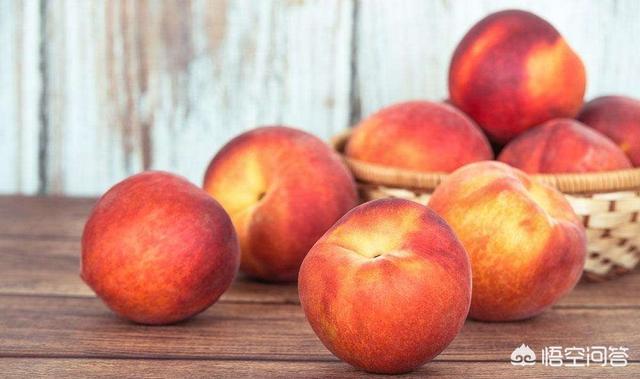
Sugar lovers to eat fruit time can choose more blood sugar relatively low time period, such as after exercise, hunger and fatigue lack of energy, such as between meals, these are better time period, but the least recommended is to eat fruit after meals, after meals is originally belongs to the stage of elevated blood glucose, this time period to eat fruits is very easy to cause blood glucose soaring, the sugar lovers are not good. Recommended for sugar lovers to choose crisp peach, white flower peach, these peaches total sugar content is a little lower, the taste is also very unique, is my own very favorite peach. Peaches are rich in water, but do not recommend eating when juicing, juicing will lose more dietary fiber content, can not help inhibit sugar absorption.
When it comes to peaches, the favorite crunchy red flesh peaches, but very afraid of hairy peaches, a touch of the whole body are itchy. For diabetics, if blood sugar control is good, you can eat some peaches in moderation. If the blood sugar control is not stable, it is best not to eat peaches first. So for diabetic patients can eat peaches this question, or according to each patient's own blood sugar measurement value and long-term control to decide .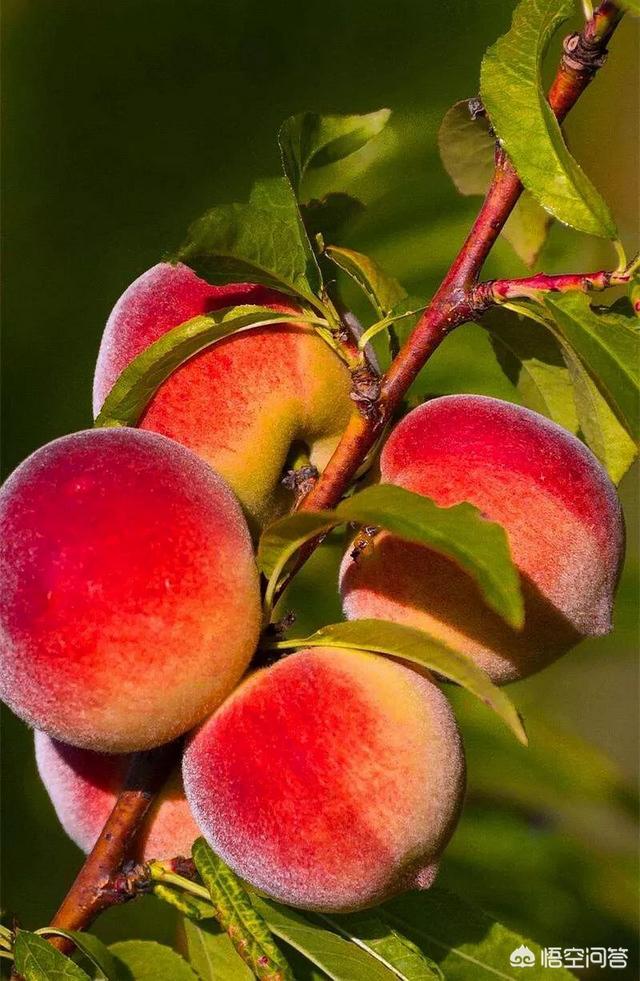
I. Nutrition of peaches
Peach flesh contains protein, fat, carbohydrates, crude fiber, calcium, phosphorus, iron, carotene, vitamin B1, as well as organic acids (mainly malic acid and citric acid), sugar (mainly glucose, fructose, sucrose, xylose) and volatile oil. Each 100 grams of fresh peaches contain 88% water, about 0.7 grams of protein, 11 grams of carbohydrates, and only 180.0 kilojoules of calories. Peach has a high iron content, beneficial to patients with iron deficiency anemia. Peach contains more potassium and less sodium, suitable for hypertensive patients. In addition to diabetics should eat less peaches, the following groups of people also need to pay attention to Oh!
Second, who can not eat peaches?
1, usually the internal heat is easy to get sores and boils. Peach taste sweet and warm, over-eating is heat. For people who are already on fire, eating more peaches is like "pouring oil on the fire".
2, weak gastrointestinal function, peaches contain a large number of macromolecules, eating peaches will increase the burden on the stomach and intestines, resulting in abdominal pain, diarrhea, so should not be eaten.
3, infants and pregnant women. Infants and young children with poor gastrointestinal function, unable to digest a large number of large molecules in the peach, it is easy to cause allergic reactions. Pregnant women eating too much peach can generate heat, causing miscarriage, bleeding and so on.
4, easy to allergic people. Some people eat peaches will appear allergic, at first the symptoms are mild, such as redness at the corners of the mouth, peeling, itching, this time should stop eating, will face, hand wash. If the symptoms are more serious should go to the hospital immediately. In addition, peaches taste sweet and warm, easy to fire people should not eat too much. Not fully ripe peaches are best not to eat, eat easy to cause bloating or diarrhea.
Third, how to wash peaches? Peach surface fuzz is not easy to clean, wash peach is also need tips.
Tip 1: first wet the peaches with water, grab a pinch of fine salt evenly coated on the surface of the peaches, gently rubbed a few times, placed in the water to soak for a few moments, and finally rinsed with water a few times.
Tip 2: Keep the peaches out of the water and use a clean brush to brush over the surface of the peaches before putting them in salt water to clean them. Tip 3: Soak in lye water for a few moments without rubbing, and the peach fuzz will come down.
Author:Sun Qiuyan National Level 2 Public Nutritionist
Thank you, Little Secretary Goku, for the invitation.
Before answering this question, it's important to first figure out if and how much sugar peaches contain.
As we all know, diabetics eat the most afraid to eat high sugar content, and even noodle buns such as pure pasta, because rich in carbohydrates, absorbed by the body will produce a large amount of glucose, can make diabetic patients blood glucose soaring. So controlling blood sugar for diabetics is the most important thing in heaven. However, diabetics can control sugar well if they can rationalize their diet.
Generally speaking, when our glycated hemoglobin is within 7.0, the standard of diet can be appropriately relaxed, and occasionally eat some foods with high sugar content, the problem is not hit. However, when the glycated hemoglobin exceeds 7.0, we need to pay attention to try to choose foods with low sugar content, low glycemic index and low calories, so that the diet will have the least impact on blood sugar.
In addition, it can be found based on scientific measurements:
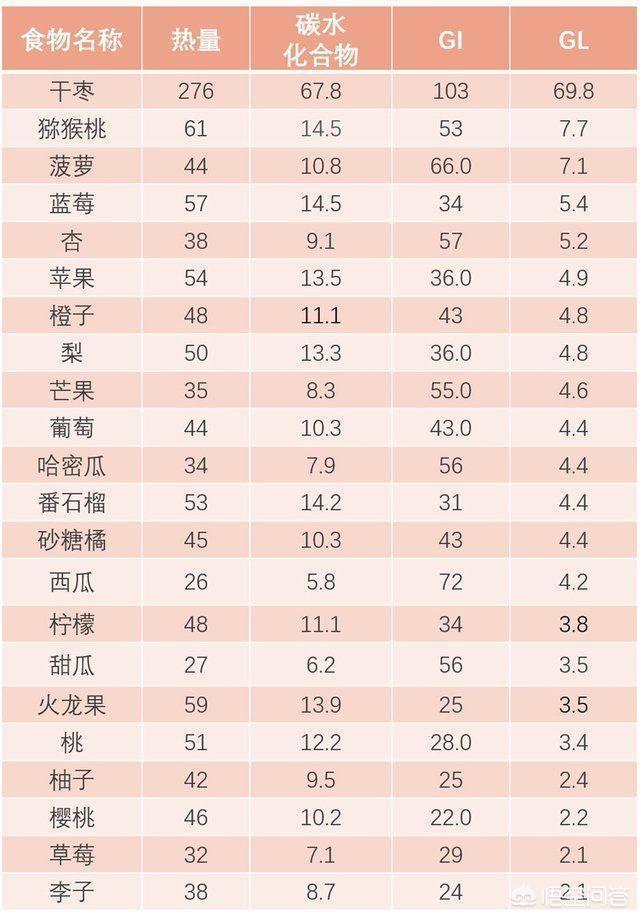
Peaches have a calorie count of 51, a sugar content of 12.2 mmol/L, a glycemic index of 28.0, and a glycemic load of 3.4. Therefore, peaches are one of those foods that have a medium sugar content, low glycemic index, and low calorie count. Eating peaches in diabetics has little effect on blood sugar.
Also, if you are really unsure, then test your blood sugar before eating peaches. If fasting blood sugar ≥ 8.5mmol / L, or postprandial blood sugar ≥ 13.8mmol / L, then it is not recommended to eat peaches. And you can also observe the change of blood glucose value after eating peaches to do dynamic monitoring of blood glucose. If the blood sugar does not fluctuate too much, then there is no problem.

Also consider eating fruit in between meals, and it is best not to consume more than 200g of fruit a day. if it is too calorie dense, deduct the calories from the next meal.
So as far as how many peaches you can eat in a day, this varies from person to person as well as peach to peach. Overall, it is not recommended to overdo it.
I hope my answer will help you.
The Great Physician's Herbalist headline, online doctor answering questions! Follow and invite me to answer questions!
First, let's figure out what diabetes is:
Diabetes mellitus is a group of metabolic disorders characterized by hyperglycemia. Hyperglycemia, on the other hand, is caused by defective insulin secretion or its impaired biological action, or both. The prolonged hyperglycemia present in diabetes leads to chronic damage and dysfunction of various tissues, especially the eyes, kidneys, heart, blood vessels, and nerves.
In fact, in the opinion of many people, diabetics can not eat sweets, and fruit is very sweet, resulting in many diabetics are far away from fruit, or even do not eat! So, in the end, can diabetics eat fruit? How should you eat to be safe?
First of all, let's correct a concept, we say "sugar" in our daily life, mainly refers to the sweet taste of sugar. For diabetics, it is not important whether there is "sweetness" or not, but the fact that it can affect the glycemic index after consumption is the key!
Although, just because some fruits are sweet to eat, it doesn't necessarily mean that it raises blood sugar quickly. Because, most of the sugar in fruits is fructose, which is inherently sweeter. Moreover, compared to glucose, fructose has less effect on raising blood sugar. At the same time, fruit also contains a lot of dietary fiber, the latter has a certain effect on reducing blood sugar response. Therefore, you can not rely solely on the taste of the fruit to determine whether it is suitable for diabetics to eat.
Glycemic index, a useful indicator of the postprandial glycemic response of the body caused by food.
In general, a GI of less than 55 is considered a low GI food, 55-70 is considered a medium GI food, and greater than 70 is considered a high GI food, which means that the lower the GI, the less impact the food has on blood sugar fluctuations.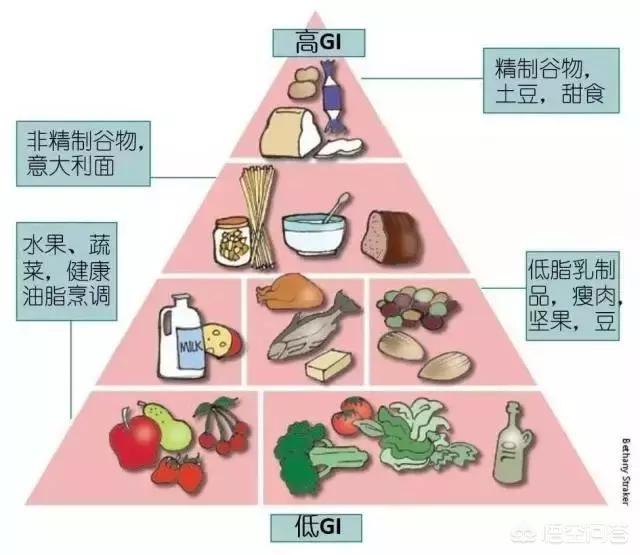
Second, how to eat fruit correctly in patients with uropathy?
Recent studies have found that eating fruit in people with diabetes is beneficial, reducing the risk of death and cardiovascular complications; while eating more fresh fruit in the general population may also prevent diabetes, and studies on fruit intake and diabetes risk in healthy people have mostly concluded that it is not associated with or reduces the risk of diabetes.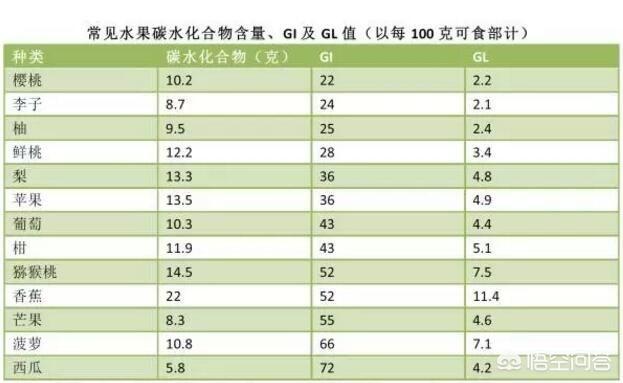
Therefore, it is safer to choose low GI fruits
Of the common fruits, low, medium and high GI fruits are as follows:
Low GI: cherries, plums, grapefruit, fresh peaches, pears, apples, etc;
Medium GI: Mango, pineapple, etc;
High GI: watermelon, etc.
Suggestion: It is relatively safer for diabetics to choose low GI fruits.
Third, exactly how to eat:
1. Look at the concentration of blood sugar.
Make sure that your blood sugar levels should be at
Fasting blood glucose under 140 mg/dL, 2-hour postprandial blood glucose under 180 mg/dL, glycosylated hemoglobin under 7.5%, no frequent hyperglycemia or hypoglycemia.
2. Time to eat fruit.
Fruit is usually eaten as an additional meal, that is, in the middle of two meals (such as 10 a.m. or 3 p.m.) or one hour before bedtime, which avoids overloading the pancreas with too many carbohydrates at one time. Eating fruit immediately before or after a meal is generally not recommended.
3. The amount of fruit eaten.
Based on the effect of fruit on blood glucose, about 200 grams of fruit can be consumed per day (providing about 90 kcal), while 25 grams of staple food should be reduced, which is the food equivalence exchange approach, so that the total daily calorie intake remains unchanged.
4. Selection of fruits.
In the choice of fruit, many patients think that "not sweet" fruit can be eaten more, but in fact, fruits, whether sweet, sour, all contain a certain amount of glucose and fructose, can not be based on taste to determine the level of glucose and fructose content. Diabetics should choose fruits with low glycemic index to help keep their blood sugar stable.
In short, diabetics can eat peaches, but it's a matter of how to eat and how much to eat.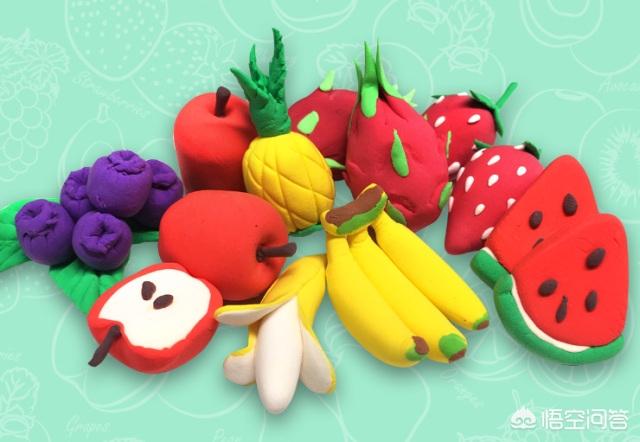
This question and answer are from the site users, does not represent the position of the site, such as infringement, please contact the administrator to delete.